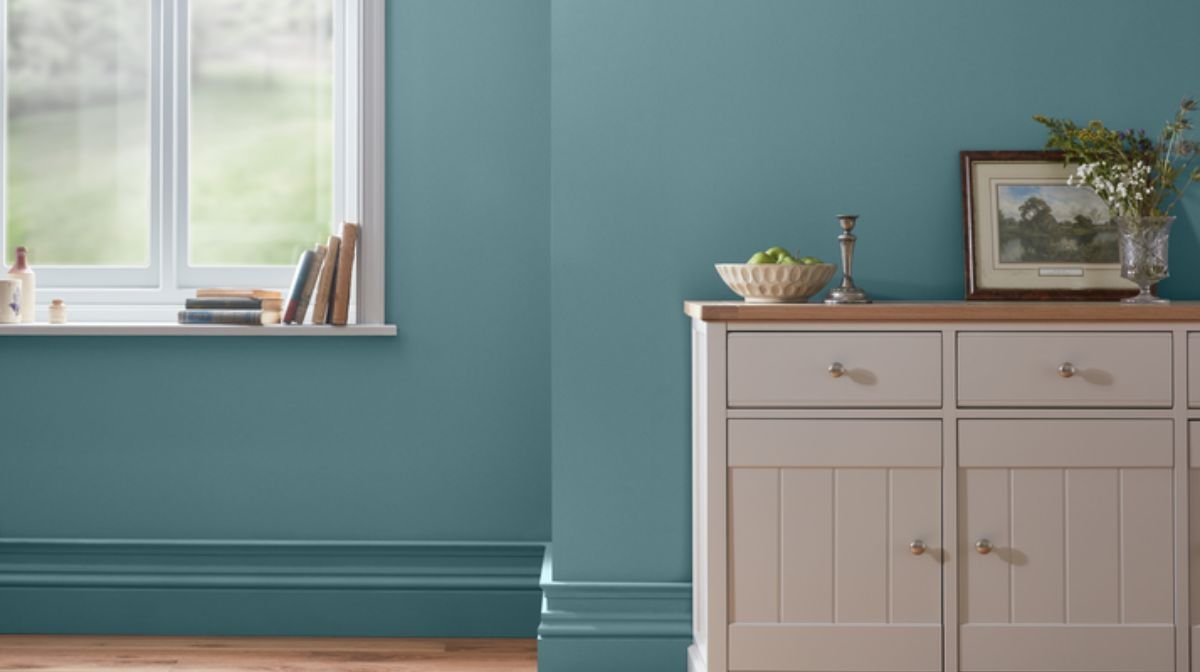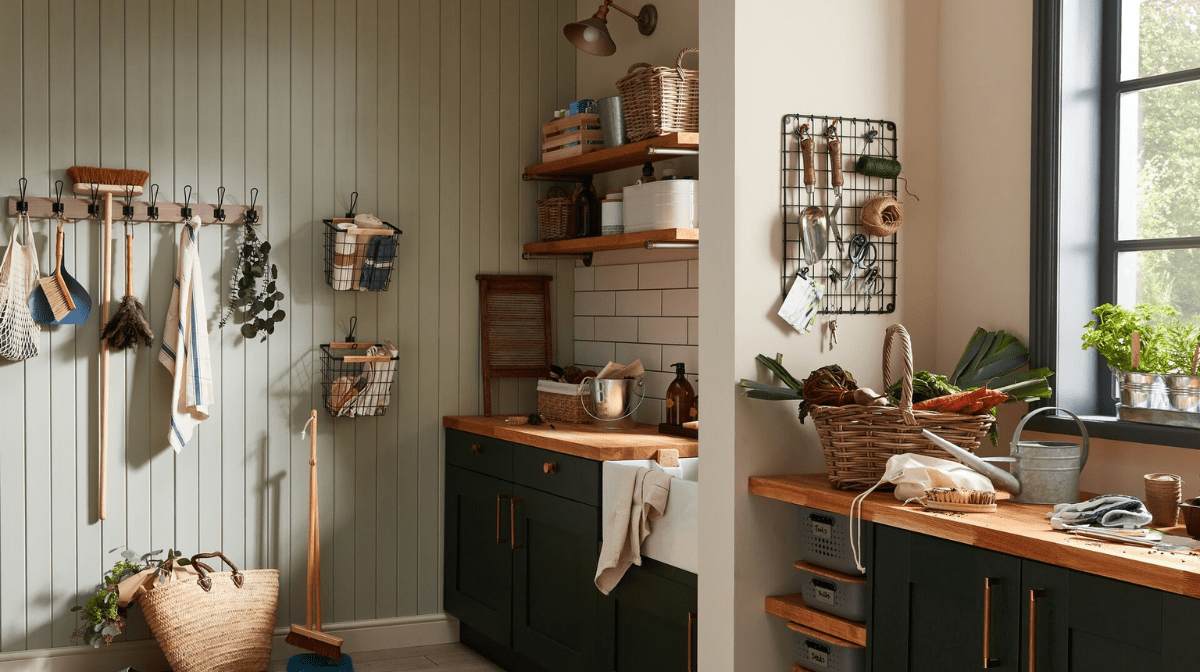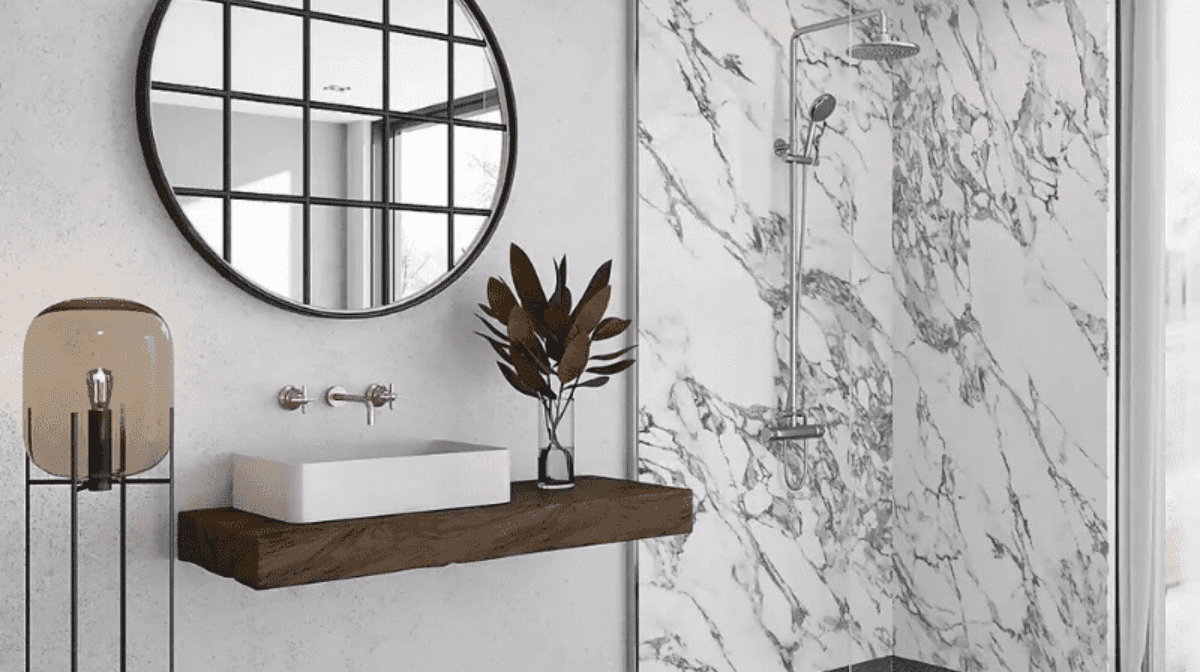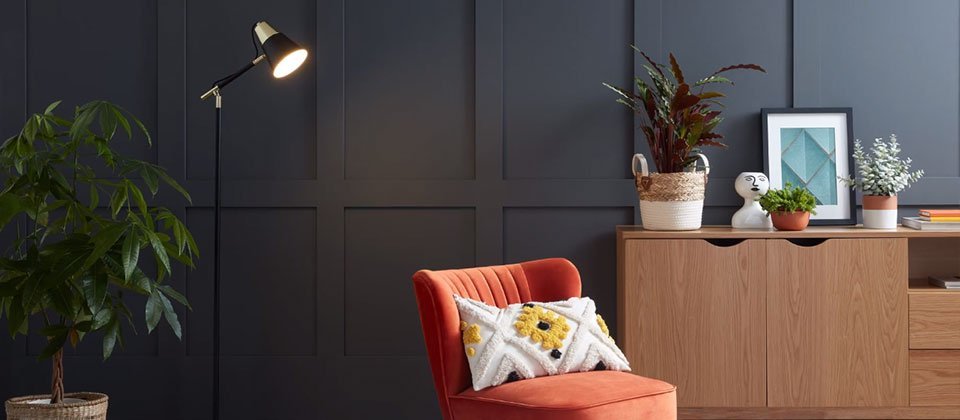Damp walls are something that no homeowner wants to see. Luckily, there are several things you can do to get rid of an existing damp problem and reduce the likelihood of it happening again. From banishing musty smells to investing in a dehumidifier to remove excess moisture from the atmosphere, we’ve put together everything we know in this handy guide on how to get rid of damp.
How to stop damp coming through walls
Take a look at this handy video for our tutorial on how to get rid of damp.
What You’ll Need:
What causes damp and how do you spot it?
To prevent a recurring issue, you need to identify what is causing damp walls, mildew or a musty smell in your home.
Penetrating damp is caused by water seeping through the walls. By contrast, rising damp is confined to the lower part of ground floor walls. You may see damp patches appear when strong winds drive rain against the wall of your house, and disappear when the weather improves.
Wet walls, condensation, peeling wallpaper and paint discolouration are among the biggest telltale signs of a damp problem. To minimise any damage to walls and paintwork, these signs should be tackled as soon as you notice them. Whether you have a leak or excess condensation, identifying the cause will help you to get rid of damp quickly and effectively. Here are a few common problem areas, what could be causing damp there, and how to treat it.
1. Around the chimney
Look out for damp patches on the ceiling around your chimney breast. If damp appears here, it could mean that the flashing, which seals the joint between your chimney stack and roof, may have cracked or become dislodged. To fix this problem you’ll need to refit or replace the loose or damaged flashing.
2. Upstairs ceilings
If you notice dampness on your upstairs ceiling after heavy rain, you could have a broken or missing roof tile that is letting water through. If this is the case, you may need to replace the tile.
3. External walls
If the inner side of an external wall shows signs of widespread damp which spreads even further in wet weather, this may mean older bricks have become porous or are letting water penetrate through the wall. To fix this problem, replace or repoint the bricks and treat the area with exterior silicone water-repellent fluid.
If your brickwork isn’t causing the problem, mortar on a wall tie in the cavity could be bridging the gap and allowing water to cross to the inner wall.
Top Tip: Use a specially formulated stain stop spray or paint to conceal any unsightly water marks.
4. Windows
If you notice wet patches around your windows, mortar could have fallen out of the gap between the wall and window frame. To fix this, seal gaps with a flexible frame sealant.
Your exterior window sill should have a drip groove on the underside to stop rainwater from running under it and into the wall. If there’s a damp patch along the underside of your window frame, this groove may need to be cleared. If there isn’t a groove, glue and nail a hardwood strip (about 6mm square) to the underside of your wooden sill about 35mm from the front edge. This will stop water from reaching your wall.
5. Doors
If there are signs of rot at the base of an external door or the floor just inside the door is wet, you may need to repair or replace your door. It could be that your door is water-tight yet in an exposed position; if this is the case, make the door more resilient by fitting a weatherboard.
6. Faulty pipework
Leaking pipework will also lead to damp ceilings or wall over time. If you notice a telltale water mark on a ceiling beneath a bathroom or sink, this is usually a sign of a leak. If you suspect that your pipework is dripping, it’s always a good idea to call out a plumber. Once the leak is fixed, allow the damp area to thoroughly dry out before redecorating with damp proof paint – a dehumidifer may help to speed this process up.
Top Tip: Prevent damp from coming back with our guide on how to stop mould growing on walls using anti-mould paint.
Top tips for tackling damp
There are several things you can do to help prevent damp from appearing in the first place. Firstly, try to keep condensation to a minimum. Ensure that you have extractor fans installed and working in all bathrooms and, when possible, open windows slightly when drying washing. Not only will this allow some welcome fresh air into your home, but it will also mean that water vapour from your drying clothes is able to escape.
Painting moisture-prone spaces, such as bathrooms and kitchens, with a damp proof paint will also keep mould and mildew at bay.
However, keeping a window cracked open isn’t always economical. During the cooler months, it’s a good idea to invest in a dehumidifier to remove excess moisture from the air and keep the humidity levels in your home down.
Top Tip: If damp has left your walls with unsightly staining, panelling is a fantastic way to conceal old water marks once they have thoroughly dried. Take a look at our MDF wood wall panelling guide for some useful tips.
How to get rid of a damp smell
Even when you’ve tackled the root of the problem, occasionally a musty smell can linger. Luckily, there are several things you can do to neutralise this unwelcome odour.
Utility rooms are prone to damp smells. If this sounds familiar, ensure that your tumble dryer is properly vented and leave the door of your washing machine ajar when not in use to allow it to dry. If you think there may be mildew around the seal of your washing machine, running a hot wash with a small amount of bleach in the drum should get rid of it. Just make sure to rinse your machine before you next put on a colour wash.
To get rid of a damp smell, open windows and doors to ensure that the space is properly ventilated. Finally, use a dehumidifier to dry the space out and clean any surfaces that may have been in contact with damp items.
And there we are – now you know how to damp proof your home. Once you’ve worked out the cause of the problem, knowing how to get rid of damp will get your walls and ceilings looking their best again before you know it. For more handy tips, explore our Ideas & Advice hub.










